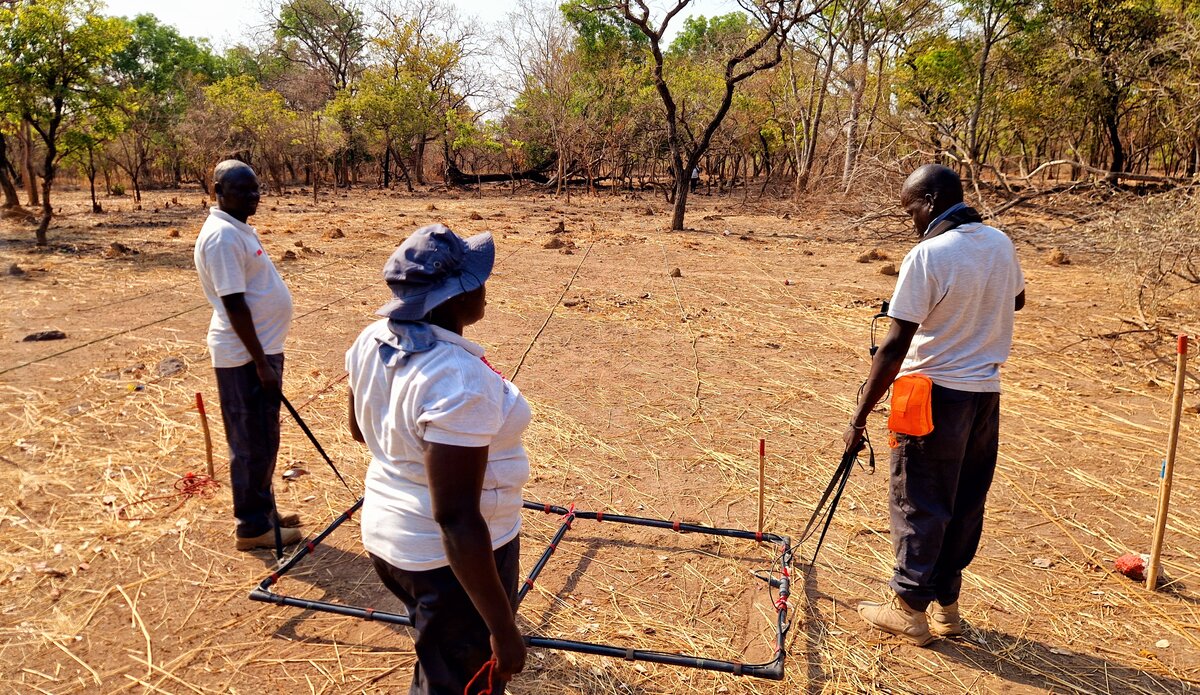In a remarkable effort, in the heart of Malakal, a story of hope is unfolding. One built on the foundations of collaboration and resilience. For years, families displaced by conflict and flooding have lived in precarious conditions, their futures uncertain. But now, a significant transformation is underway, thanks to the combined efforts of UNMAS, UNHCR, IOM, UNMISS, and the support of the Ministry of Housing, Land and Public Utilities. A total of 128 transitional shelters were distributed to beneficiaries during a ceremony held on the 21st of May 2025.
It begins with the silent, dangerous threat of Explosive Ordnance (EO) land, once a potential site for homes and community, lay dormant and unusable, littered with remnants of past conflict. This is where UNMAS stepped in, clearing 5 million square meters of land in the Hai Matar area (Malakal) meticulously and bravely removing these hazards. This clearance is not just about removing the EO threat, it is about reclaiming futures, ensuring safety, and opening the door for what comes next.
This collaborative initiative exemplifies the transformative impact of integrated, cross-cutting efforts in humanitarian response and early recovery. At its core, it demonstrates the critical, lifesaving role of UNMAS as a key enabler of the “Enabled Sector”, creating the safe conditions required for humanitarian partners to implement their mandates. UNMAS/UNMISS Mine Action is not merely a supporting component but a fundamental pillar in peacebuilding, sustainable development, and restoring livelihoods.
Through the clearance of explosive hazards, UNMAS ensures that land is rendered safe for use, directly enabling agencies like UNHCR and IOM to establish shelters and humanitarian actors to deliver life-sustaining services. The strong leadership and commitment of the Minister of Housing further amplify the impact of this joint effort. These actions address urgent shelter needs and catalyse broader recovery and stabilization in Malakal.
The safe land, made accessible through mine action, becomes a foundation for long-term development: supporting the installation of water systems, the return of displaced populations, and the re-establishment of vital infrastructure. This project thus stands as a powerful example of how mine action is indispensable in rebuilding communities, fostering resilience, and restoring dignity in post-conflict environments.


